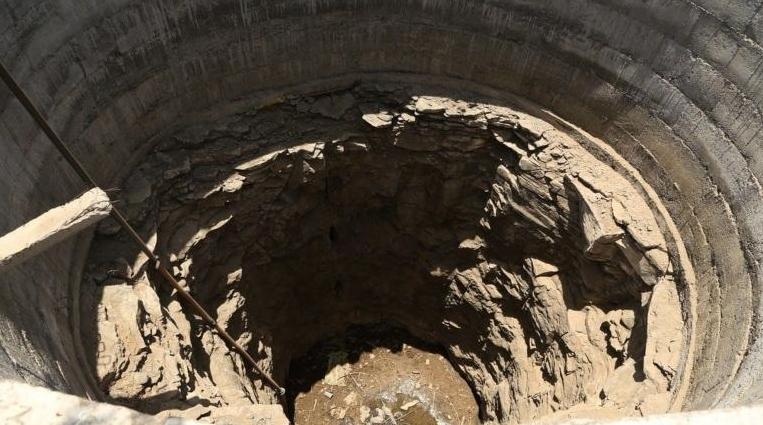Paradip: Even as the governments at both the state and the Centre are laying stress on rapid industrialisation its negative impact is being felt on natural resources like drinking water, a report said.
Rapid industrialisation has seriously affected the groundwater level in this port town which is declining day by day. Back in 2015-16, groundwater was available at 200-250 mtrs in Paradip but with rapid industrialisation the water level has gone down and is available at 350 mtr in the same area. This has raised concern among the residents.
According to reports available from the public health engineering organisation (PHEO) fresh water is available at 300-315 mtrs at Bijaychandrapur locality under ward no-5 of Paradip Municipality. Similarly, the water level has gone down to 350-400 mtrs at Bhitargarh locality under ward-5 of the civic body.
In Nuabazaar area, water level can be found at 250-270 mtrs while in Sandhakuda area water level can be found at 200-250 mtrs.
Environmentalist Amaresh Naresh Samant said that the groundwater level has gone down due to sharp decline in water flow in natural water bodies like rivers and canals and loss of green cover. He warned that freshwater will soon become a thing of the past for coming generations if urgent steps are not taken for its conservation.
When contacted, Manas Ranjan Murmu, junior engineer, public health, said that five years back water level was at 50-100 mtrs but it has drastically gone down now. He said that about 210 tube wells have been installed at various places in the port town for supply of drinking water to the people.
However, the depth of each tube well remaining different in various areas speaks of the falling water level. Moreover, fresh water collected from the ground is rich in iron content while the rainwater which the port town receives flows into the sea as there is no water conservation system in place.
According to a 2019-20 report of the PHEO, the quantity of water used by people was very less till 1990 as people used to depend on rivers, ponds and canals. The per head use of water was 50-80 litres in 1990 which has gone up to 135 litres per head in recent times. It has become a difficult task to supply so much water to all the people in the town.
Moreover, restrictions have been imposed in water supply during summer season in the Paradip industrial area over the last six years while the water requirement has gone up in the localities and industries.
The water in Taladanda canal has fallen short of requirement for which the number of tube wells installed at various places has gone up. This apart, many industrial units are also drawing ground water to meet their water needs in violation of government norms which is also a major reason to blame for the falling water level in the port town.
PNN

